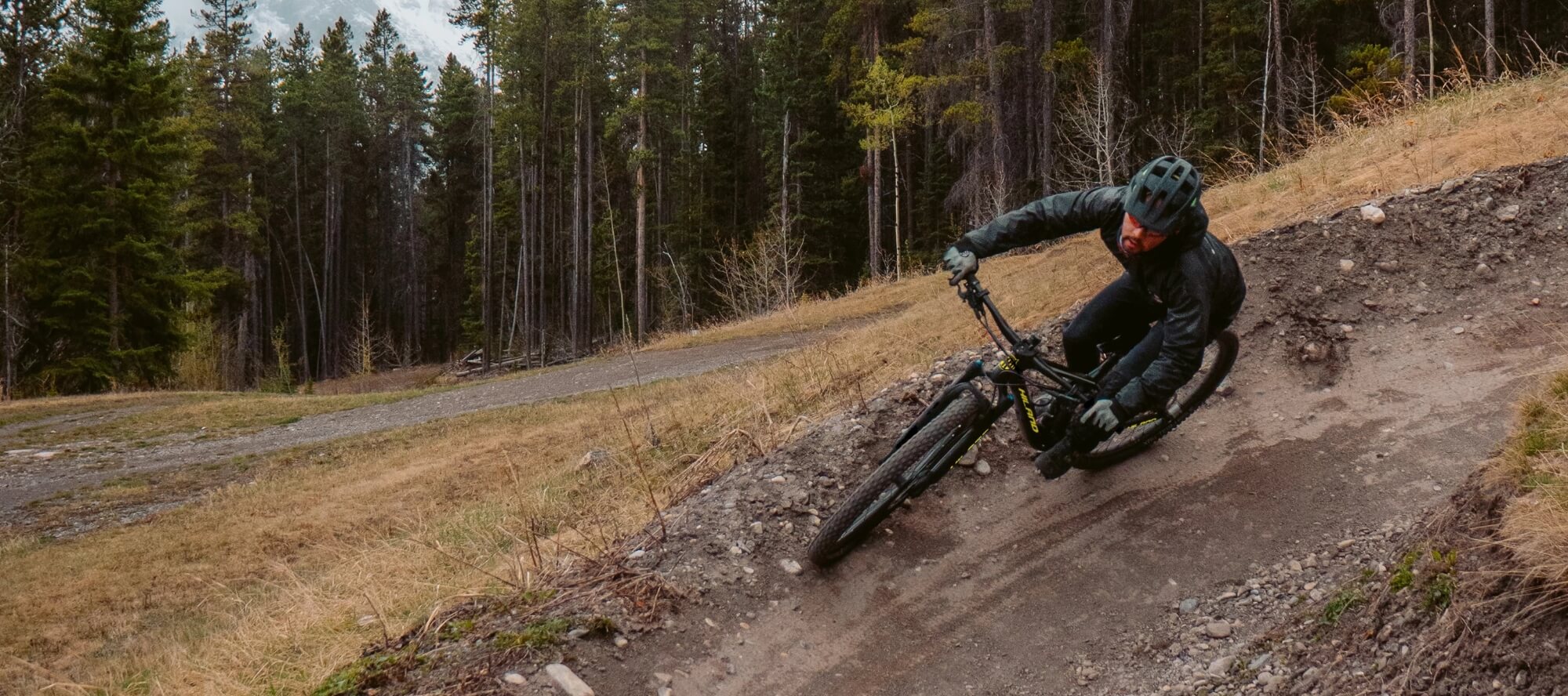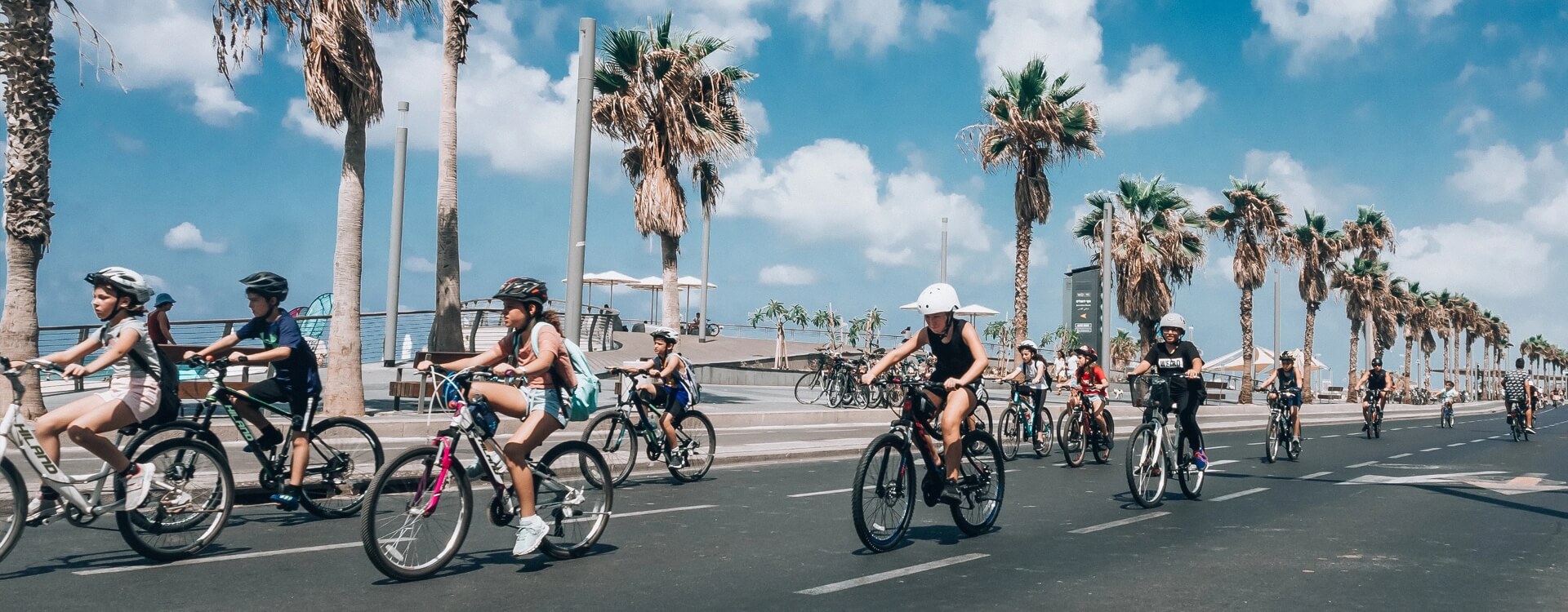
The tire doesn’t need too full. Too high air pressure will make the ride feel too hard and uncomfortable, or the inner tube can’t stand it and burst. If the tire pressure is too low, it will make it too hard to ride. How much tire pressure is better? Did you know the factors that affect the tire pressure setting before you riding?
1. Riders’ weight
People have always been the theme of cycling. Whether a tire performs well is closely related to the weight of riders. For example, a 60 kg driver uses 26 × 2.0 bike tire If the tire pressure is too hard at 402 psi, it may lack grip. On the contrary, if a 85kg cyclist rider, the tire pressure will be too low.
2. Tire volume
The volume of tire is the key factor affecting tire pressure, which determines the overall performance of this tire. For example, 40psi in a 700 × 20C (2114mm circumference) road fine tire will feel good, but for 27.5 × 2.3 bumpy tires will cause damage to the tire.
3. Riding style
Your riding style determines whether the road you ride is soft soil or rock, and different roads also need to use different tire pressures to adapt to different terrain.
4. Tire structure
As the focus of riding load-bearing, the quality of the tire will determine its good performance. The TPI value of the tire (the density of the tire carcass) determines whether you need to use high or low tire pressure to adapt to the TPI values of different tires. Generally, high TPI tires are softer than low TPI tires, but the tire pressure of tubeless (vacuum tire) or tubeless ready (quasi vacuum tire) tires is usually low. Therefore, this requires riders to find the right tire pressure according to the structure of different tires when riding.
How to correctly set the tire pressure of mountain bike?
Generally too high tire pressure will cause the tire to jump. If it is too low, it is easy to encounter tire burst. Basically, the tire width of most off-road tires is narrower than that of AM or DH off-road tires. Therefore, it is recommended that the tire pressure be set between 40-60 psi. If it is a soft tailed with double shock absorbers, it can generally between 50-60 psi.
It is generally recommended to reduce the tire pressure by 1-5psi in soft and sandy terrain, which can enhance the tire’s grip effect. In the hard rocky terrain similar to continuous high-speed downhill, the tire pressure can be slightly higher (plus 5psi), which can increase the trafficability of the tire.
In the actual tire pressure setting of mountain bikes, we still need to rely on the increase of experience to set the tire pressure appropriately. In normal operation, it is necessary to use the barometer to measure the tire pressure as much as possible, rather than simply using your fingers.
In most mountain races, we will find that many drivers will set different front and rear tire pressure. Because the front wheel pays more attention to attack and the rear wheel pays more attention to trafficability, we generally suggest that the front tire pressure should be set to be about 2-5psi lower than the rear wheel.


